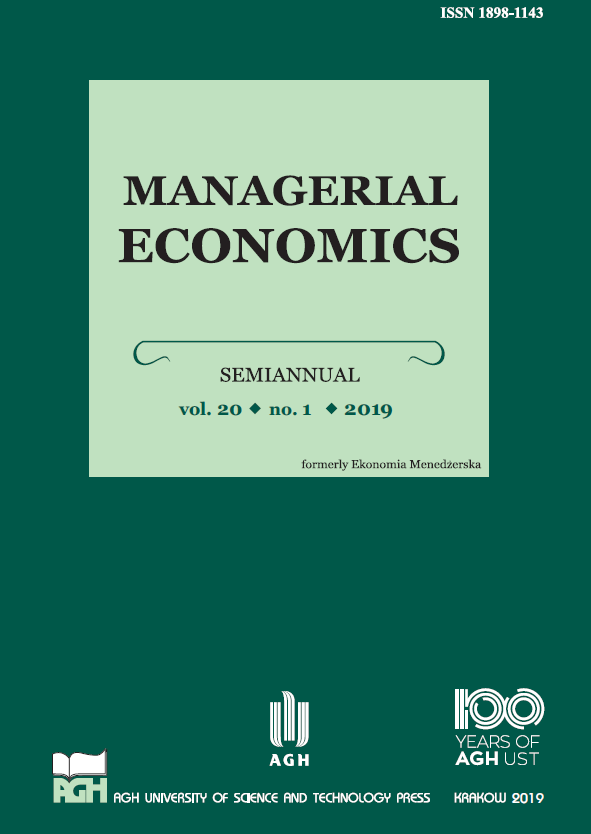Youth unemployment and crime: an empirical investigation for Turkey
DOI:
https://doi.org/10.7494/manage.2019.20.1.27Abstract
The crime economy has lately become a popular field of research because of regular increases in crime rates. Economists’ interest in crime analysis goes back to Becker’s (1968) model. “Cost‑benefit” analysis determined the crime preferences of rational individuals in this model. According to this analysis, if the benefit from the crime is higher than the cost to be faced, the individual will be willing to commit the crime. One of the factors studied in the crime phenomenon is migration. The main reason for migration is unemployment and poverty. The main purpose of this study is to determine the relationship between youth unemployment and crime rates by migration-receiving regions. By this purpose, aggregated crime rates, as well as non-aggregated crime rates (property crime, theft, and violent crime), were used. Also, the youth unemployment rate has been subdivided by gender differences and educational levels. We prefer to use spatial econometrics models in this study because of the unemployment rate, and crime rate showing the regional cluster pattern. Migration-receiving is considered as regions neighboring.Downloads
Download data is not yet available.
Downloads
Published
2020-02-24
Issue
Section
Articles
License
Download, sign, scan and attach copyright statement form.
How to Cite
Tunca, H., & Gulel, F. E. (2020). Youth unemployment and crime: an empirical investigation for Turkey. Managerial Economics, 20(1), 27. https://doi.org/10.7494/manage.2019.20.1.27

